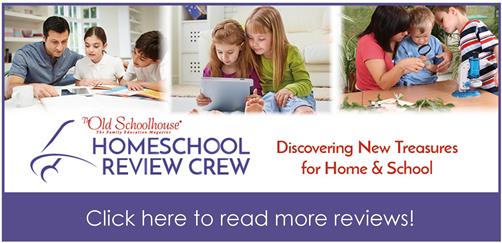Disclaimer: I received a FREE copy of this product through the HOMESCHOOL REVIEW CREW in exchange for my honest review. I was not required to write a positive review nor was I compensated in any other way.
Reading is super important to me. It’s been one of my very favorite activities for as long as I can remember. I love being able to get lost in a good book, and when I became a mom, helping my kids discover joy through the written word was one of my goals. As a first-grade teacher, watching kids’ faces light up when they were able to make sense of letters and words was always a highlight of my day. That’s why I’m happy to share this review of the MaxScholar Orton-Gillingham Software by MaxScholar.

I began checking out the site by logging in as a student. At first I was told to read several paragraphs and then was given a digital quiz about them. This was very straightforward and clear. The directions were read aloud by the program without prompting, and the buttons were color-coded for easy use. A teacher could learn a lot about what a child is or isn’t able to read and/or comprehend with this section.

After clicking around a bit, I came to a menu of activities. I could choose between word work, phonics, and reading. I started with MaxWord.
MaxWord is a portion of the program that teaches the rules governing syllables. There are audio components to this section, and most of them are very interactive: you start by clicking on words to hear them read aloud and continue until you are dividing words, completing words, choosing the correct spelling, etc.

I did not like this section. It is very rigid with directions that are inaccurate. For example, in one area I was told to click on all the words where I could hear the /ir/ sound. That sound is evident in many words and most of the options I was given, words including ‘bird’ and ‘third,’ but also ‘center’ and ‘heard.’ Nowhere in the directions did it say that the words had to have the ‘ir’ combination, but any word chosen that did not have that exact letter combination was marked incorrect, even though it did indeed have the requested sound.
This section was very precise and full of rigid rules. Some students do learn to read by learning the rules and applying them, but many more do not. The students I taught would have understood the directions but not the rules, nor the reasons for them, I think; I personally don’t think that understanding or learning these rules would be worth the time it would take for emergent or young readers.

A smaller section is called MaxVocab. This part was fun. You can choose between playing a non-violent version of Hangman, doing a word search, or matching words and definitions. There are ten levels of each. The easiest level is simple but with words above the emergent reader level, I’d say; the hardest one is much more challenging. These were simple and clear, though the word search made my eyes cross. With all of the chosen words in a small area, my puzzle became impossible to read as it turned into a mass of green letters. A simple outline for each word would make it much clearer.

MaxPhonics starts with letter identification and sound. This section is labeled for pre-k users. A video plays that shows the lowercase form of the letter, a picture that starts with that sound, and then a video of a person making that sound. The student is asked to participate, then answer questions verbally, then to write with the mouse. While some pre-k students are certainly ready for this, I don’t believe that it’s developmentally appropriate for everyone. It would be a good option for kids already on electronic devices who are ready for this type of work. There are four modules in this section. While the first module is marked for pre-k students, the others are not; however, they do take the same format.
MaxPlaces is all about geography. Students choose a dot on a map of the world, which represents a city. They read a passage about it and then answer questions.
MaxMusic asks students to choose artists and then to read lyrics. Students then identify parts of speech within the lyrics.
Altogether, there’s a wide variety of reading skills available through this program. Some are for beginning readers, and some are for those working at much higher levels.
The teacher is able to generate reports to see student progress. They can also see how long each student has been using each part of the program and progress in terms of percentages. Students can be grouped in classes for easy management.
Personally, I’m a big fan of hands-on learning; but in the midst of this global pandemic, where digital learning is necessary, MaxScholar could be a really good option for teachers who need to reach a wide variety of readers. Don’t take my word for it, though. Click on the graphic below to read more reviews from the Homeschool Review Crew.

What are your thoughts?